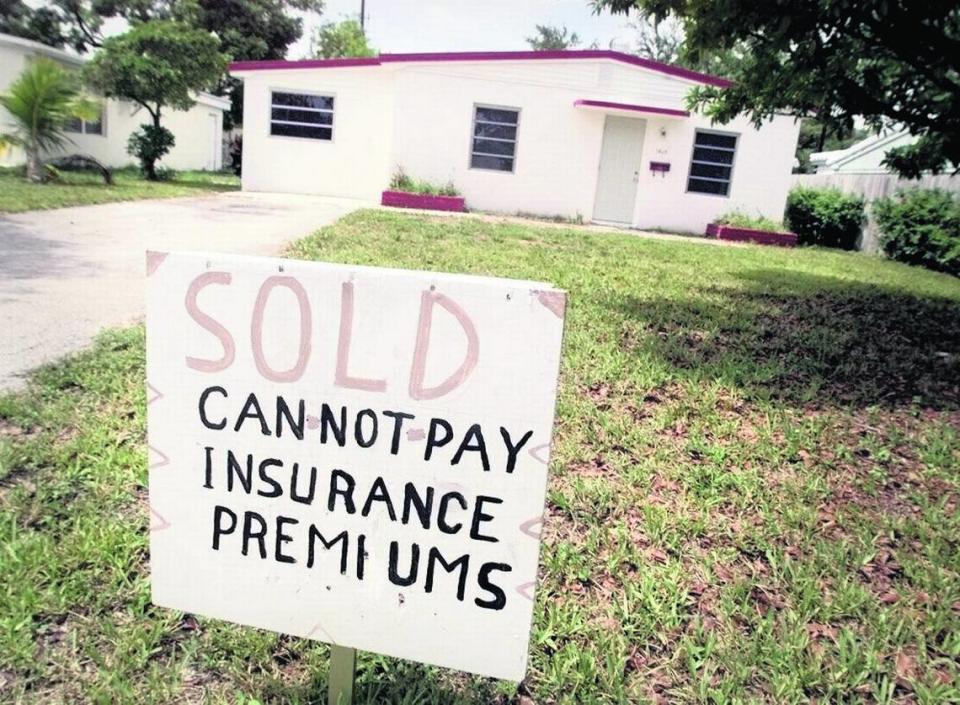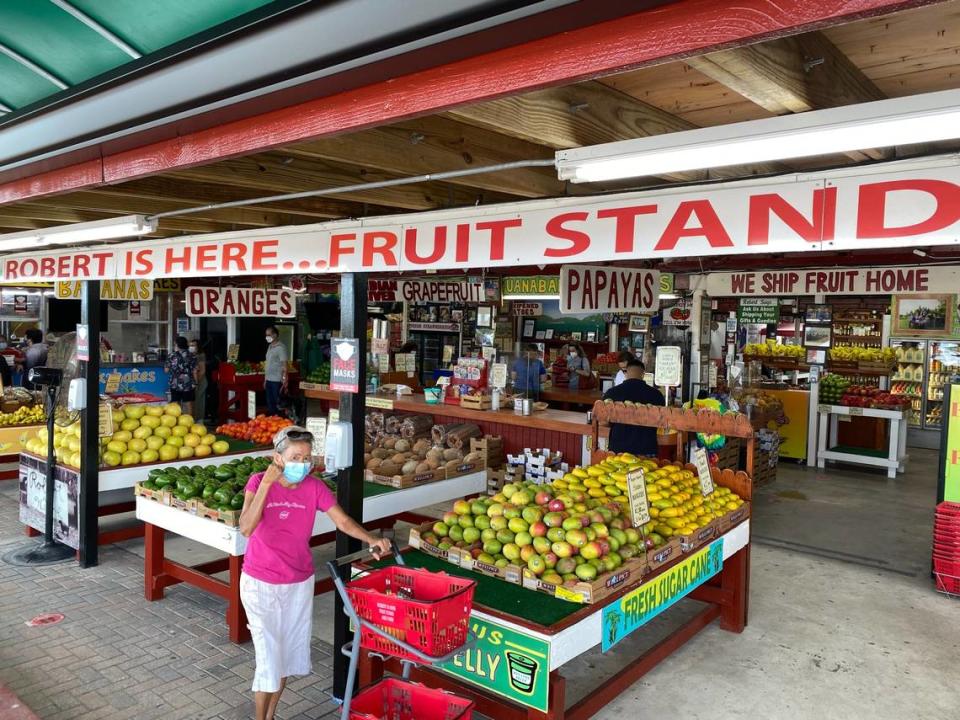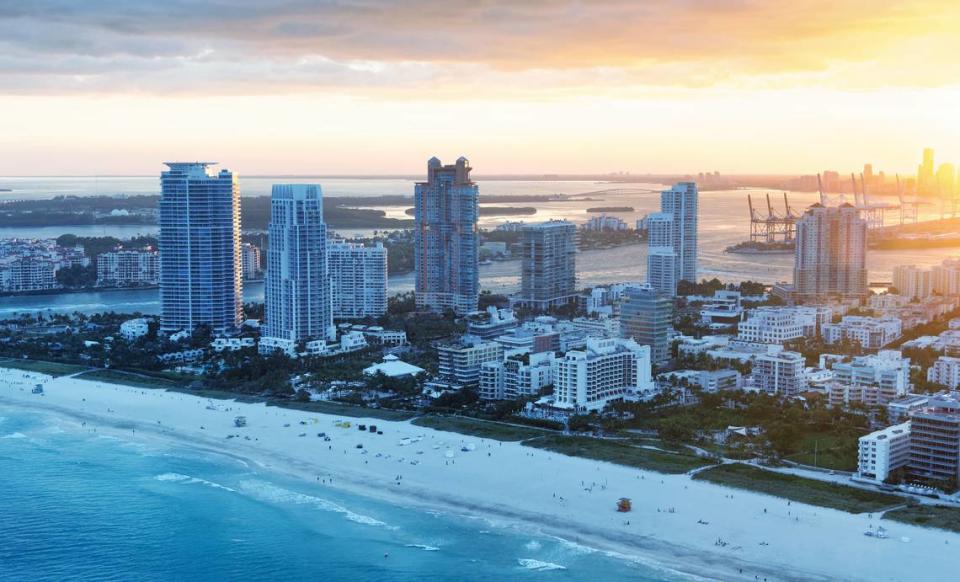What’s more expensive in Miami? Here’s how inflation has changed the cost of living
South Florida has the highest inflation rate when compared to 13 of the largest U.S. metro areas.
The Consumer Price Index for the region that includes Miami, Fort Lauderdale and West Palm Beach rose 4.5% during the 12-month period ending in April, the U.S. Bureau of Labor Statistics reported this week. That exceeded the overall national increase of 3.4%.
“The robust appetite for the Southeast has pushed up living costs tremendously,” said José Torres, senior economist at Interactive Brokers.
But there is good news. Miami’s cost-of-living increase last month was half of what it was in April 2023. And it has been steadily declining since last August
The Consumer Price Index measures average change in prices over time paid by urban consumers for a basket of consumer goods and services.
Here’s the breakdown:
Housing

Housing costs continued to be the biggest driver of rising costs in South Florida. Both owning and renting climbed by 7.2%.
Clothing, transportation and recreation

Other factors driving Miami’s cost of living increase in April were apparel, up 9.2%, and transportation, which increased by 4.1%. Private transportation rose by 4.5%, Meanwhile, in one glimmer of hope, used cars and trucks decreased by 8.1%. Recreation costs rose by 6.7%.
Food

The food index rose 0.8 % over the 12 months ending in April, however that was largely due to a 4.5% spike in the cost of eating out. Eating at home, on the other hand, became less expensive, by 0.6%. This will come as no surprise to frequent South Florida restaurant-goers who pay as much as $15 for an arepa.
Four of the six major grocery store food group indexes decreased, including cereals and bakery products, which fell by 4.8%. Meanwhile, nonalcoholic beverages and beverage materials rose 5.7%. Fruits and vegetables rose 2.1%.

Energy

At the other end, an index that measures energy prices fell 5% over the 12 months ending in April. That was driven by electricity costs, which dropped 11.1%. The gasoline index dropped by 0.9%, and natural gas jumped 2.1%.
Interest rates

The national inflation rate of 3.4% remains well above the 2% target the Fed set for when it could start to reduce interest rates.
Those higher interest rates have affected South Florida’s real estate market. The region saw a nearly 15% drop in total residential transactions in March, its first double-digit drop since last August. Miami-Dade County had 372 fewer single-family home and condo sales compared to one year earlier. Broward County saw 2,049 fewer home sales. This is according to a report by the Miami Association of Realtors.
Interest rates also are affecting hotel construction in South Florida and could lead to a delay in new ones opening.
Miami vs. Latin America
Even countries in Latin America fared better than Miami. Brazil had inflation in April of 3.69% during the 12 months ending in April. Chile experienced 4% inflation in April.
Colombia posted a much higher 7.2% Yet that marked a steady decrease for the country, and the lowest inflation in over 24 months.
For Miami, more concerning is when taking out food and energy, cost of living increased even higher. That index, called the core Consumer Price Index and considered by some economists a better indicator of inflation, shot up 5.8%. Nationally, it increased 3.6%. And it likely will not be a surprise to readers why that measure keep going up.
Miami inflation vs. other large areas
The Miami area edged out Seattle, in second place with 4.4%. New York and San Francisco each had a 3.8% increase while Chicago came in at 3%. Most cities are only measured every two months. Included in this report are metro areas assessed in April.
How did U.S. metro areas rank in inflation in April?
1. Miami
2. Seattle
3. Philadelphia
4. St. Louis
5. Los Angeles
6. New York and San Francisco
7. Detroit
8. Urban Alaska
9. Atlanta
10. Chicago
11. Houston and Baltimore
12. Phoenix

 Yahoo Finance
Yahoo Finance 